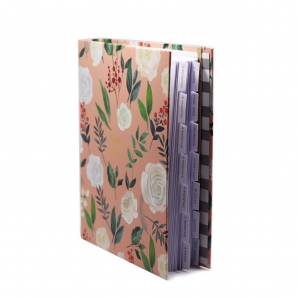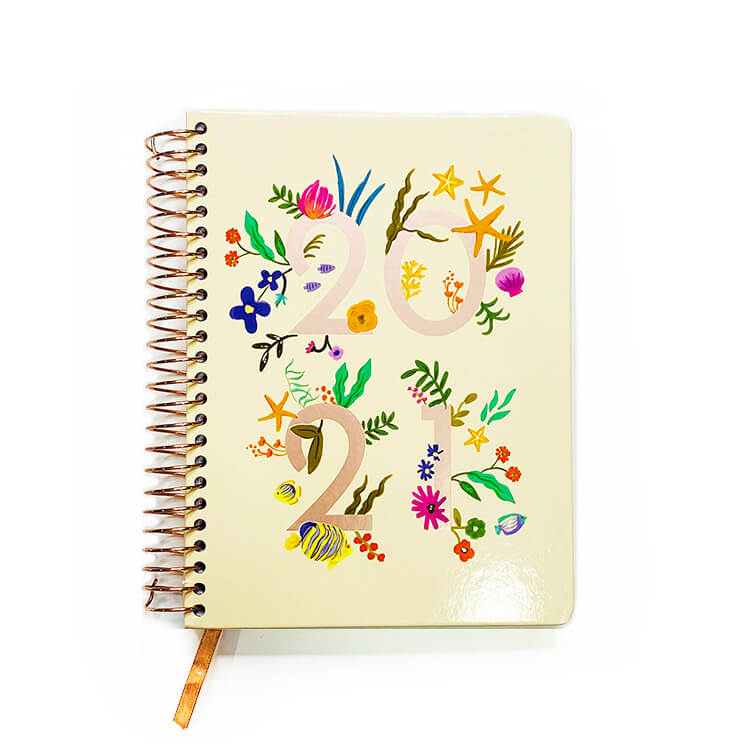Green printing: What’s in it for you?
 Dec 14,2016
Dec 14,2016

 SESE
SESE
Green printing: What’s in it for you?
E-mail boxes are swamped and the Web has become an indispensable resource, but the long-predicted paperless society hasn’t come to pass.
The need for paper and print remains strong — for business cards, packaging, brochures and other uses that call for a well-designed, quality print piece. Just count the items that land in your mailbox every day, including the armful of catalogs.
But recent years have brought a keener awareness of the environment, and global warming has escalated concern about the impact of many commercial and personal choices — including the ecological costs of print and paper.
Green printing, once the passion of a very few printers and print buyers, is now in demand as a way to help companies protect their investments, satisfy shareholders and enhance their image with customers.
Green policies are showing up in company mission statements. The Sarbanes Oxley Act, which regulates corporate governance, lays out not only responsible money accounting practices but also an environmental accounting of company impacts and plans for sustainable development.
Establishing a green record is more than an altruistic endeavor; it’s an act of self-interest — self-preservation, even.
"Brands will not be able to opt out of [being green],” said Lee Daley, chairman and chief executive of Saatchi & Saatchi UK. “Companies which do not live by a green protocol will be financially damaged because consumers will punish them. In the longer term, I do not think they will survive.” www.propeller.com/viewstory/2007/04/18/green-branding-imperative/
In a recent poll by Global Market Insights, Americans chose damaging the environment as the main reason they would consider a company to be socially irresponsible. The poll also found that American consumers between the ages of 18 and 29 — future consumers — are more likely to buy organic, environmentally-friendly or fair trade products than other age groups. www.socialfunds.com/news/release.cgi?sfArticleId=4403
Victoria\'s Secret turned to greener choices for the million-plus catalogs it prints every day following two years of protests by activists seeking to protect Canada\'s Boreal Forest. The company was using 100 percent virgin paper, made from pulp from the forest, which was being logged at the rate of 2 acres per minute. In 2006, its parent company, Limited Brands (which also includes Express, Bath & Body Works and The Limited) agreed to use paper with recycled content or paper certified to come from sustainable, responsible sources.
Ready to print green?
Pick a green printer, one whose policies and practices match your desire for eco-friendly printing products.
Use paper with a high percentage of post-consumer recycled fiber. Aim for 100 percent.
Insist on soy or vegetable-oil-based inks.
Finally, close the loop. Recycle. Encourage your company to embrace the “reuse, reduce, recycle” mantra throughout its operation.
E-mail boxes are swamped and the Web has become an indispensable resource, but the long-predicted paperless society hasn’t come to pass.
The need for paper and print remains strong — for business cards, packaging, brochures and other uses that call for a well-designed, quality print piece. Just count the items that land in your mailbox every day, including the armful of catalogs.
But recent years have brought a keener awareness of the environment, and global warming has escalated concern about the impact of many commercial and personal choices — including the ecological costs of print and paper.
Green printing, once the passion of a very few printers and print buyers, is now in demand as a way to help companies protect their investments, satisfy shareholders and enhance their image with customers.
Green policies are showing up in company mission statements. The Sarbanes Oxley Act, which regulates corporate governance, lays out not only responsible money accounting practices but also an environmental accounting of company impacts and plans for sustainable development.
Establishing a green record is more than an altruistic endeavor; it’s an act of self-interest — self-preservation, even.
"Brands will not be able to opt out of [being green],” said Lee Daley, chairman and chief executive of Saatchi & Saatchi UK. “Companies which do not live by a green protocol will be financially damaged because consumers will punish them. In the longer term, I do not think they will survive.” www.propeller.com/viewstory/2007/04/18/green-branding-imperative/
In a recent poll by Global Market Insights, Americans chose damaging the environment as the main reason they would consider a company to be socially irresponsible. The poll also found that American consumers between the ages of 18 and 29 — future consumers — are more likely to buy organic, environmentally-friendly or fair trade products than other age groups. www.socialfunds.com/news/release.cgi?sfArticleId=4403
Victoria\'s Secret turned to greener choices for the million-plus catalogs it prints every day following two years of protests by activists seeking to protect Canada\'s Boreal Forest. The company was using 100 percent virgin paper, made from pulp from the forest, which was being logged at the rate of 2 acres per minute. In 2006, its parent company, Limited Brands (which also includes Express, Bath & Body Works and The Limited) agreed to use paper with recycled content or paper certified to come from sustainable, responsible sources.
Ready to print green?
Pick a green printer, one whose policies and practices match your desire for eco-friendly printing products.
Use paper with a high percentage of post-consumer recycled fiber. Aim for 100 percent.
Insist on soy or vegetable-oil-based inks.
Finally, close the loop. Recycle. Encourage your company to embrace the “reuse, reduce, recycle” mantra throughout its operation.





 Home
Home Book Formatting for Book Printing
Book Formatting for Book Printing  You May Also Like
You May Also Like




 Tel
Tel
 Email
Email
 Address
Address







